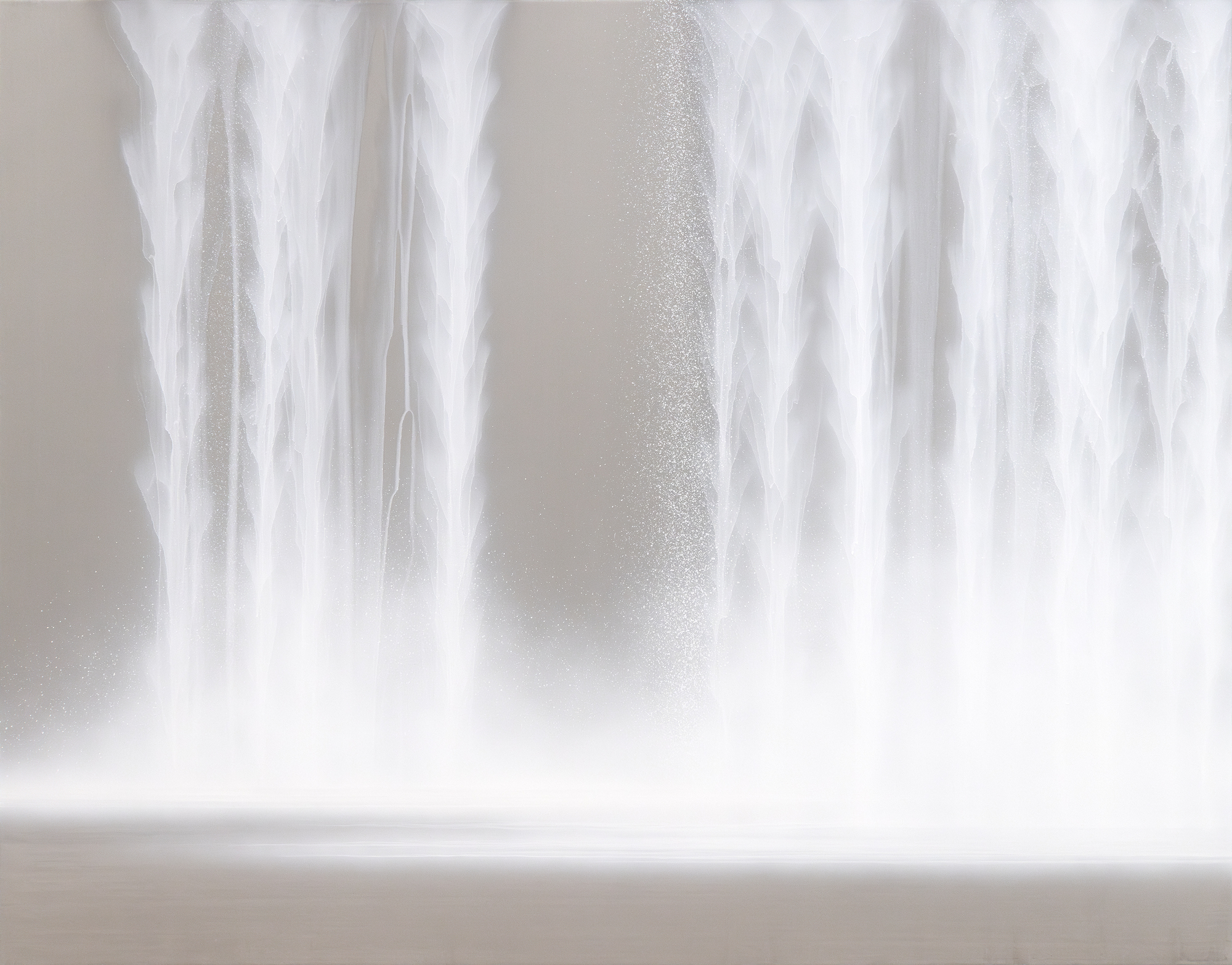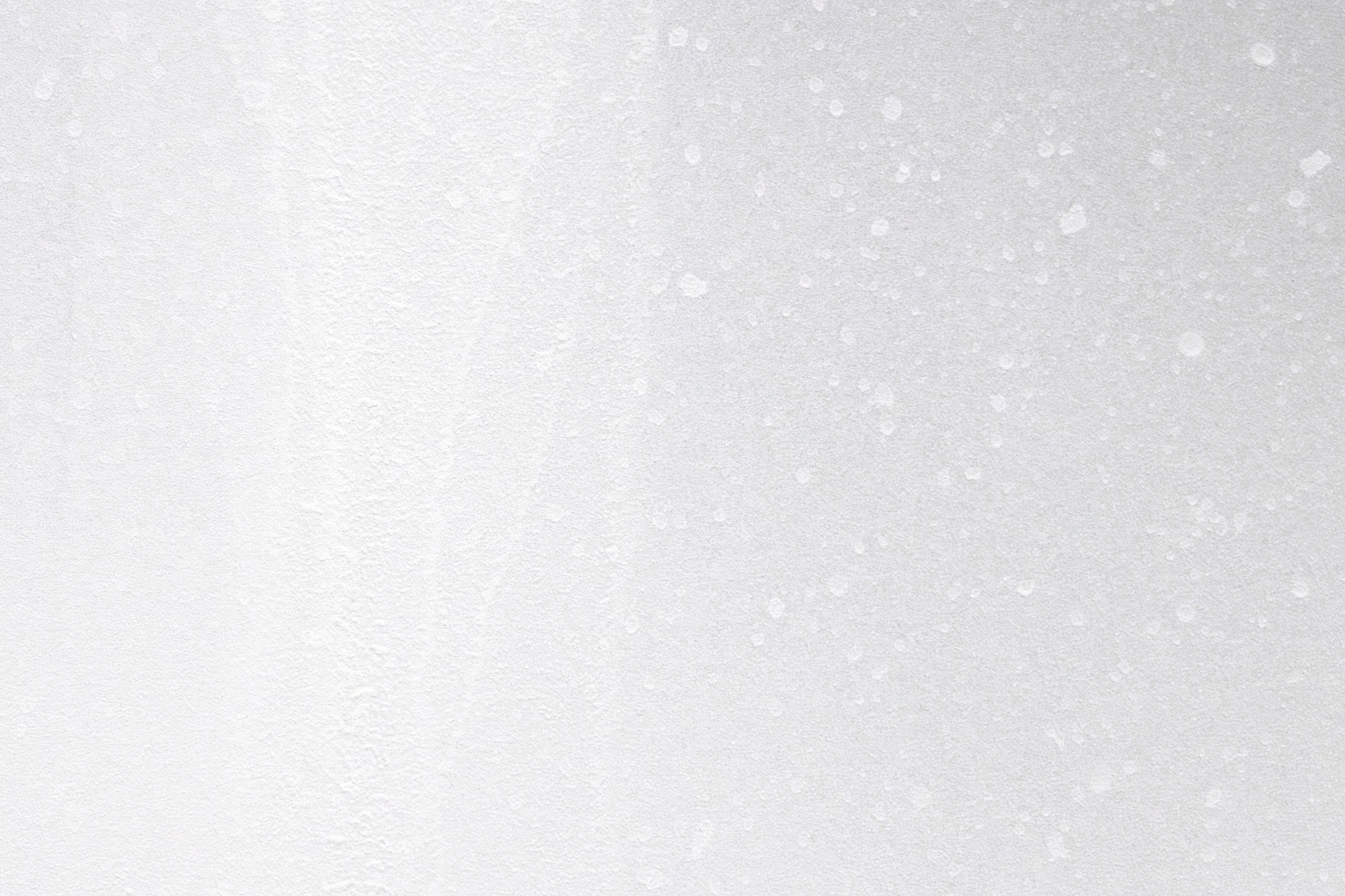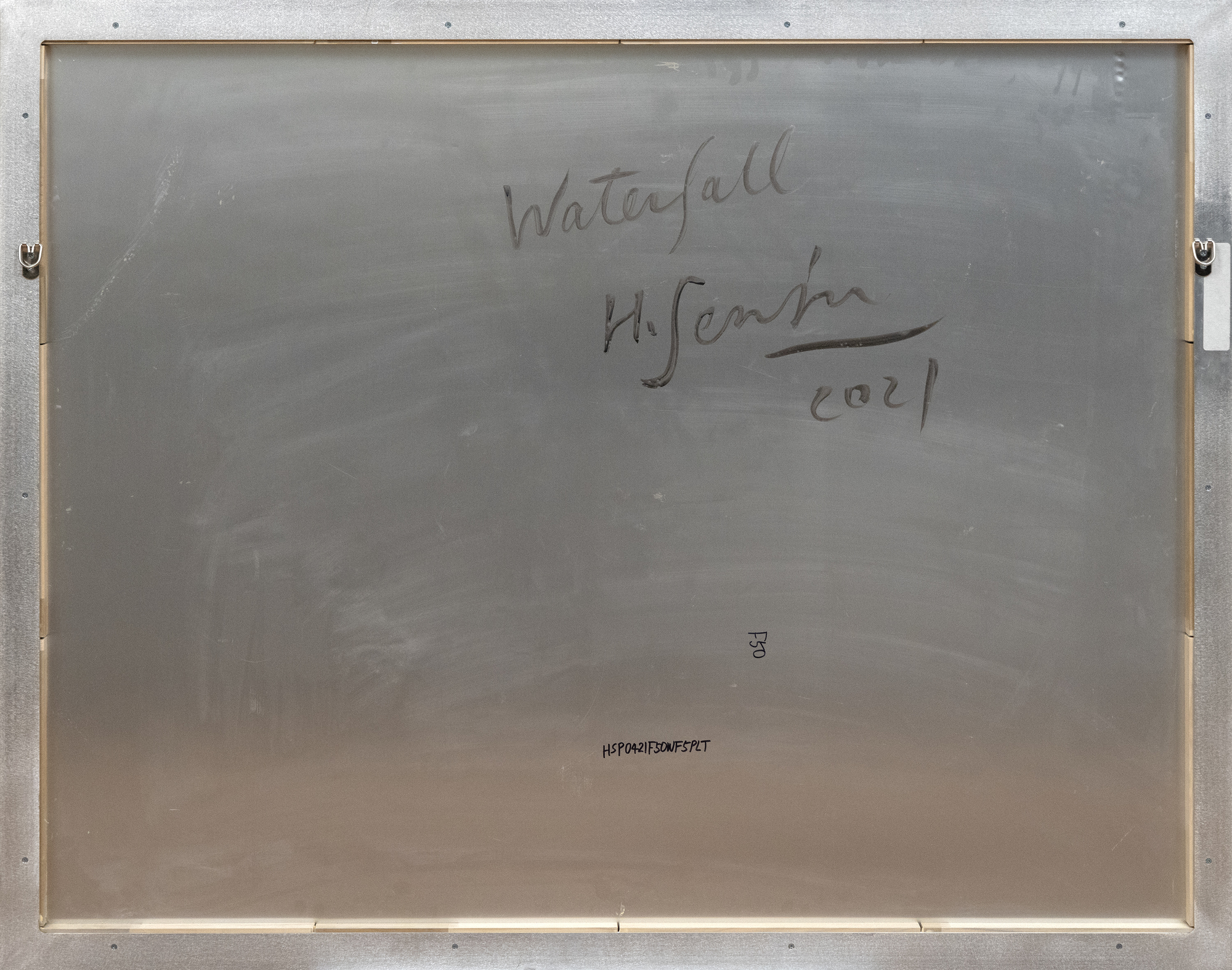هيروشي سنجو(ولد عام 1958)










الاصل
مجموعه خاصهالسعر325,000
تتجلى براعة سينجو في جميع اللوحات. فهو يستخدم ورق التوت، وهي مادة يابانية تقليدية معروفة بملمسها الرقيق وقوتها. تمتص الألياف الطبيعية للورق الأصباغ بطرق تخلق تدرجات وسيولة خفية، مما يعزز التأثير البصري للماء المتتالي. يستخدم الفنان تقنيات نيهونغا التقليدية، مثل وضع طبقات من الغسل لبناء العمق والحركة واستخدام ضربات فرشاة متنوعة لتحقيق تأثيرات مختلفة. بالإضافة إلى ذلك، يدمج الفنان أساليب حديثة مثل البخاخة لتطبيق رذاذ دقيق من الصباغ لخلق تدرجات سلسة وسلسة تحاكي الرذاذ والبخار الرقيق المرتبط بالمياه المتتالية.
يكرّم هيروشي سينجو الأشكال الفنية التقليدية لتراثه بينما يتخطى حدود الفن المعاصر. وقدرته على نقل المعاني السامية من خلال البساطة والتجريد تجعل من هذا العمل الفني شهادة على رؤيته الفريدة وإتقانه الفني. وتقف اللوحة بمثابة تذكير هادئ بجمال الطبيعة الخالد، الذي تم التقاطه من خلال قدرة رسام وفنان بارع.


